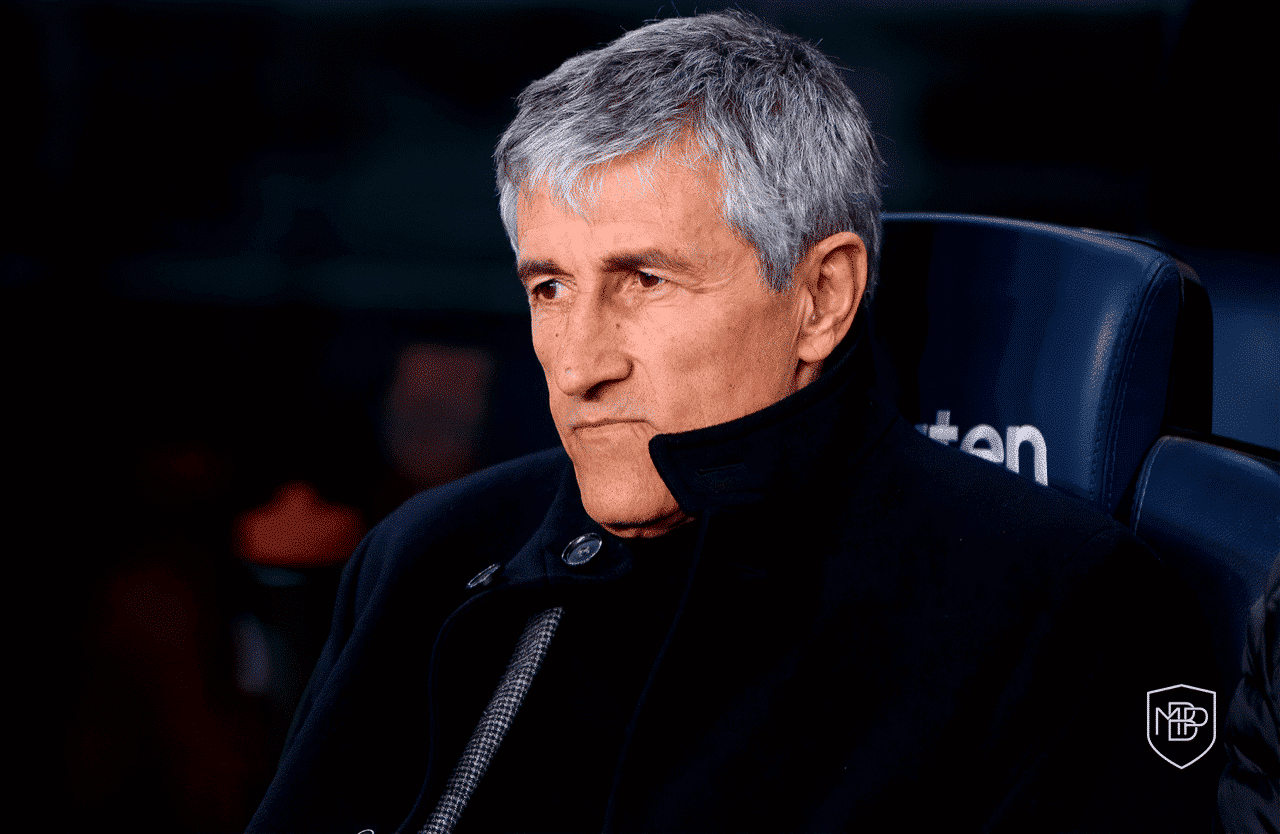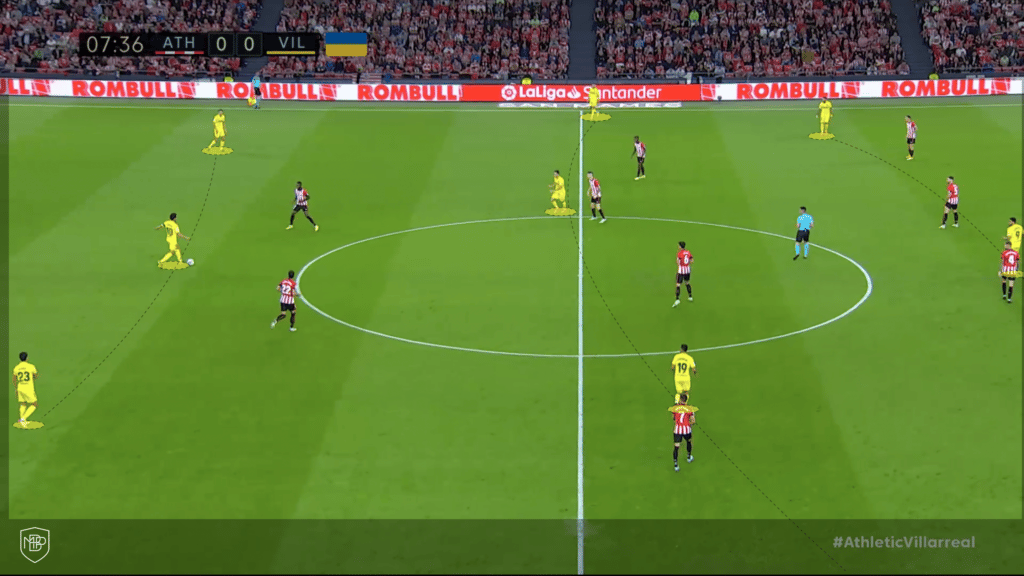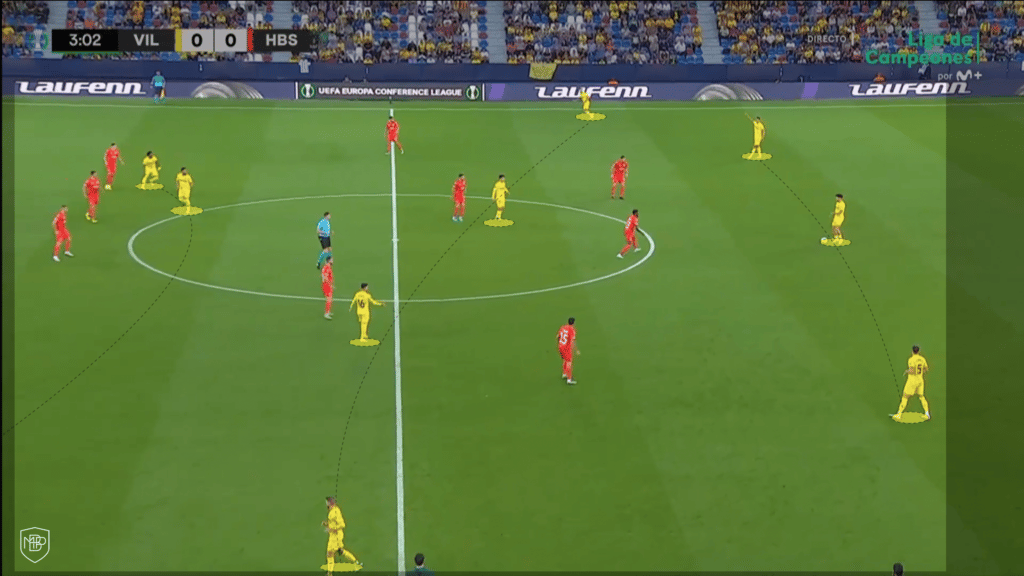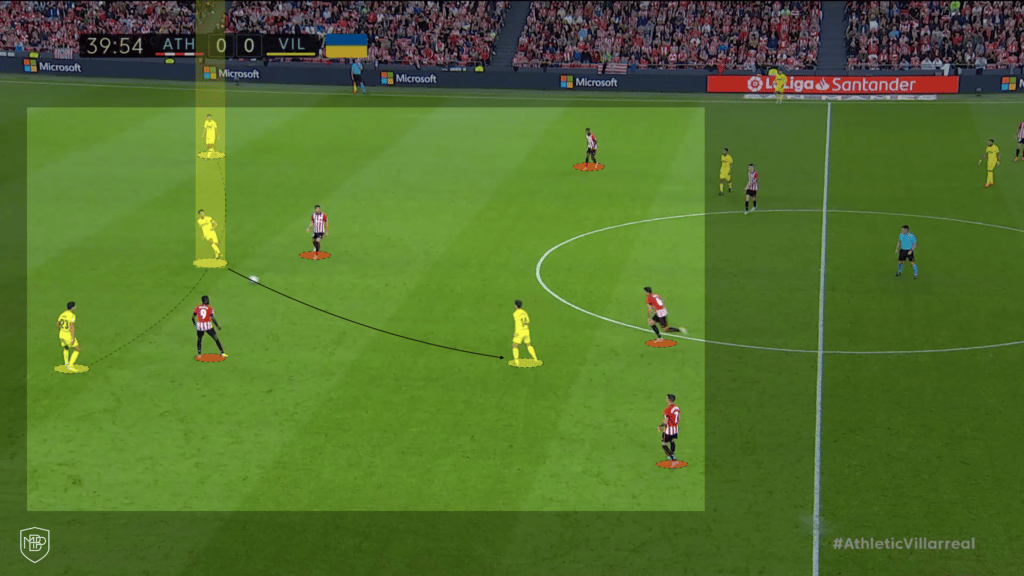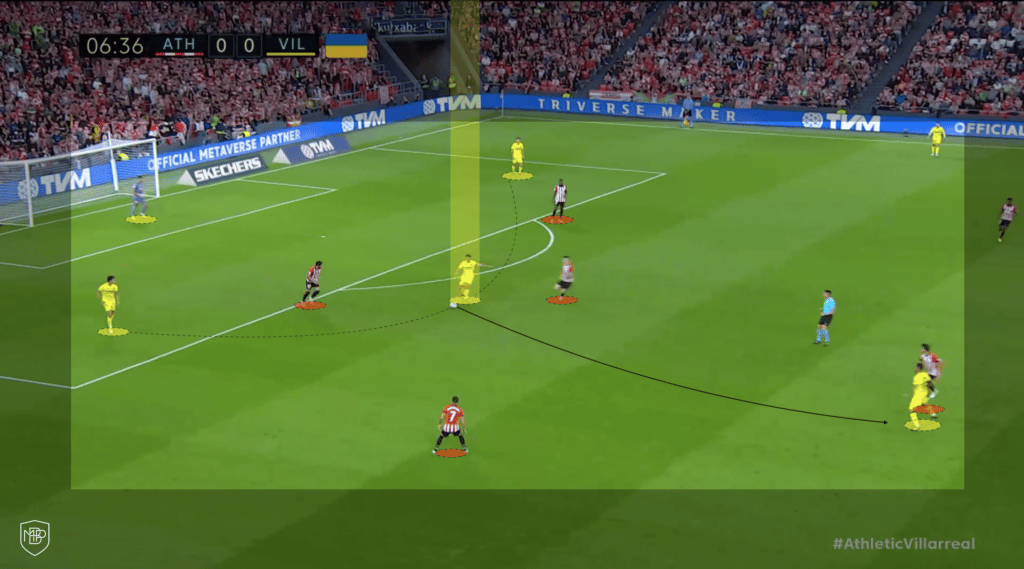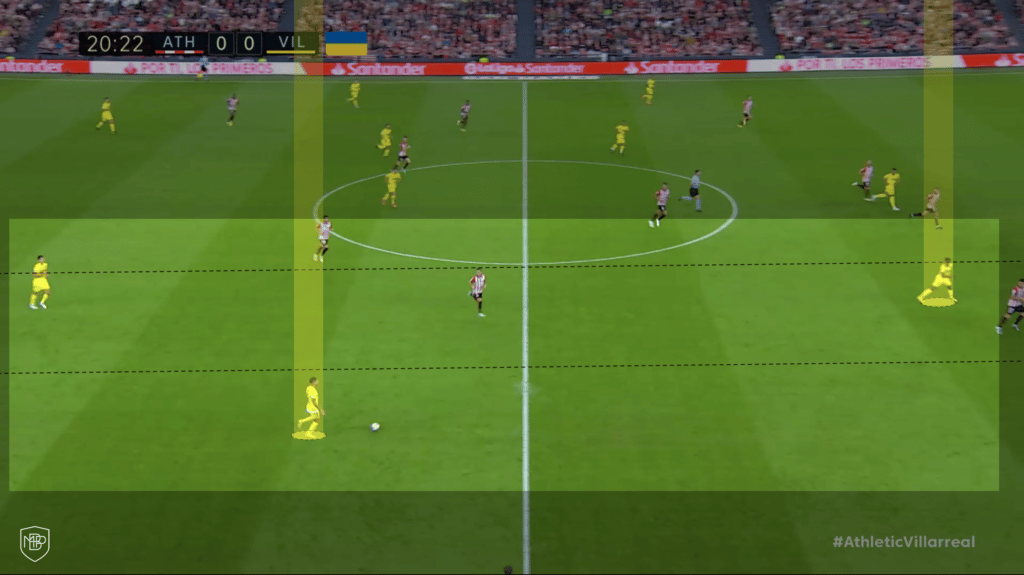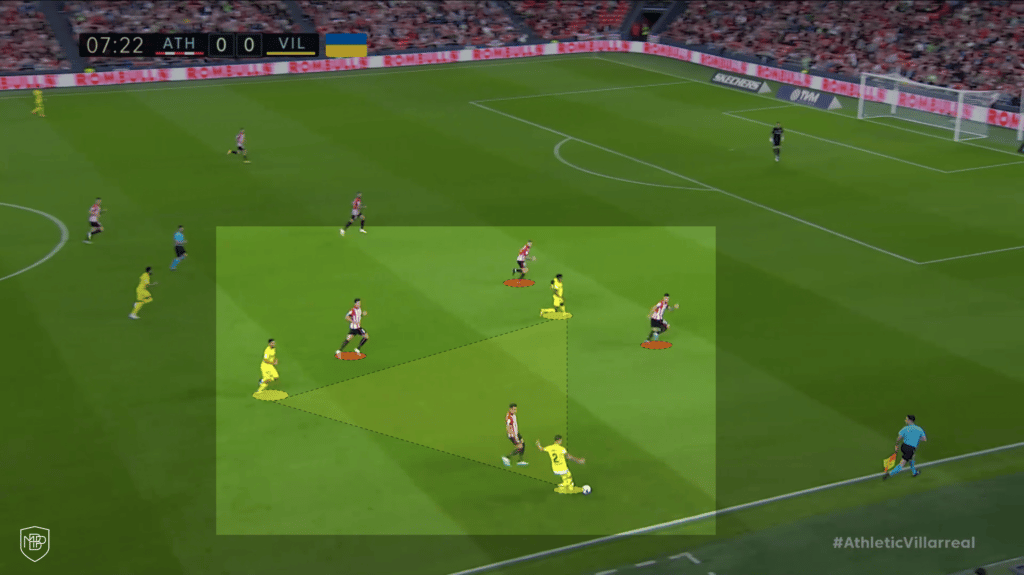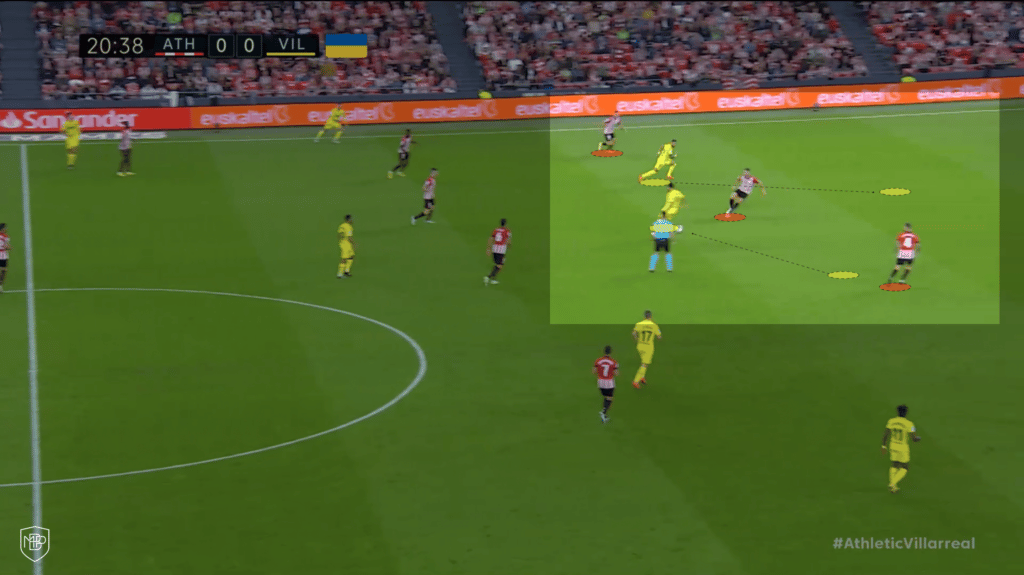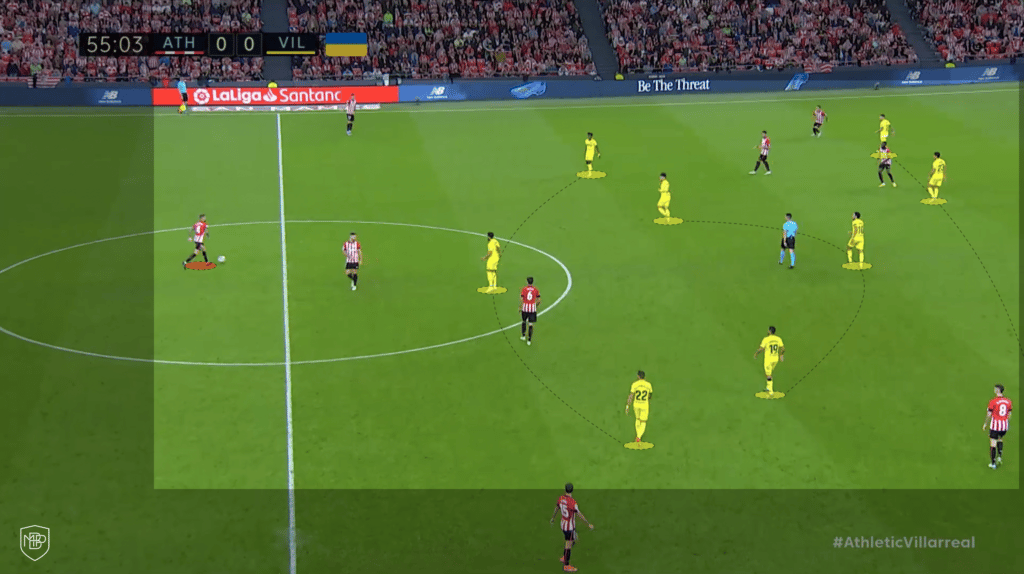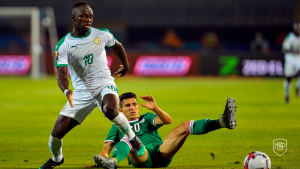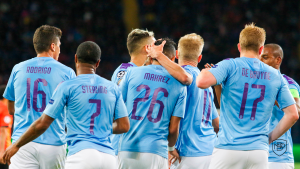Villarreal have chosen Quique Setien as their new coach after the surprising departure of Unai Emery to Aston Villa last week. The Cantabrian returns to the dugout after his spell at FC Barcelona.
After four games in charge of the yellow submarine, at the MBP School of Coaches, we have highlighted the initial changes made by the coach, with special emphasis on the attacking phase.
Tactical Analysis of Villareal
The first major innovation that Setien has introduced to Los Amarillos involves the base structure and the different dynamic organisations derived from it. Accustomed to the P-4-4-2 base system for more than a decade, with the arrival of the new coach, the ‘Groguets’ have modified their formation to GK-4-3-3, Setien’s favoured system, which he previously used in his time at Las Palmas, Betis and FC Barcelona.
Through the new base structure, we can identify different dynamic organisations depending on the different moments of the game such as a GK-3-4-4-3 in the moments of dynamic build-up, or GK-2-4-1-3 in the moment of attacking the final 3rd.
Another of the most novel aspects introduced by the coach is the responsibility of the holding midfielder, especially Dani Parejo, to help in moments of dynamic build-up and progression of the play.
Due to this new role assigned to the player in this position, it is not strange to see how structures of three players are generated in the active ball zone – the centre backs with the incorporation of the holding midfielder. Together, they have the aim of achieving an initial numerical superiority over the opponent, in addition to providing more offensive fluidity in these moments of the game.
It’s also significant to highlight the way in which the coach wants to guarantee the team’s width in the possession phase.
Unlike Emery, in which the attacking width was guaranteed by only one player, either the winger or the full back, especially in the left sector, Setien wants to stretch the pitch with two players, thus managing to occupy the wings through the fullback, and the inside channel by the winger.
As a result, Villarreal are able to open up more passing lanes in the central channel and generate positional advantages thanks to the creation of triangles in the active zone of the ball.
The last great change that Quique Setien has brought to the attacking phase, refers to the more inside position of the winger, and the excellent coordination of both of them with the striker.
In the league match played against Athletic Bilbao, the attacking line showed a great understanding, performing opposing movements throughout, managing to generate imbalances in the defensive shape of the opposition.
To conclude, looking at the developments introduced in the defensive phase by the Cantabrian, in addition to the previously mentioned structural modification, we can see how the Yellow Submarine is a more reactive team. In other words, we could argue that they react according to the opponent’s attacking approach and are not conditioned by the way they defend.
Conclusion
Although he has only been in charge of the team for a week, Quique Setien is already implementing his game idea at Villarreal. As we have been able to observe during the analysis, the coach has introduced a series of offensive innovations with the aim of achieving a more dominant team through possession of the ball.

